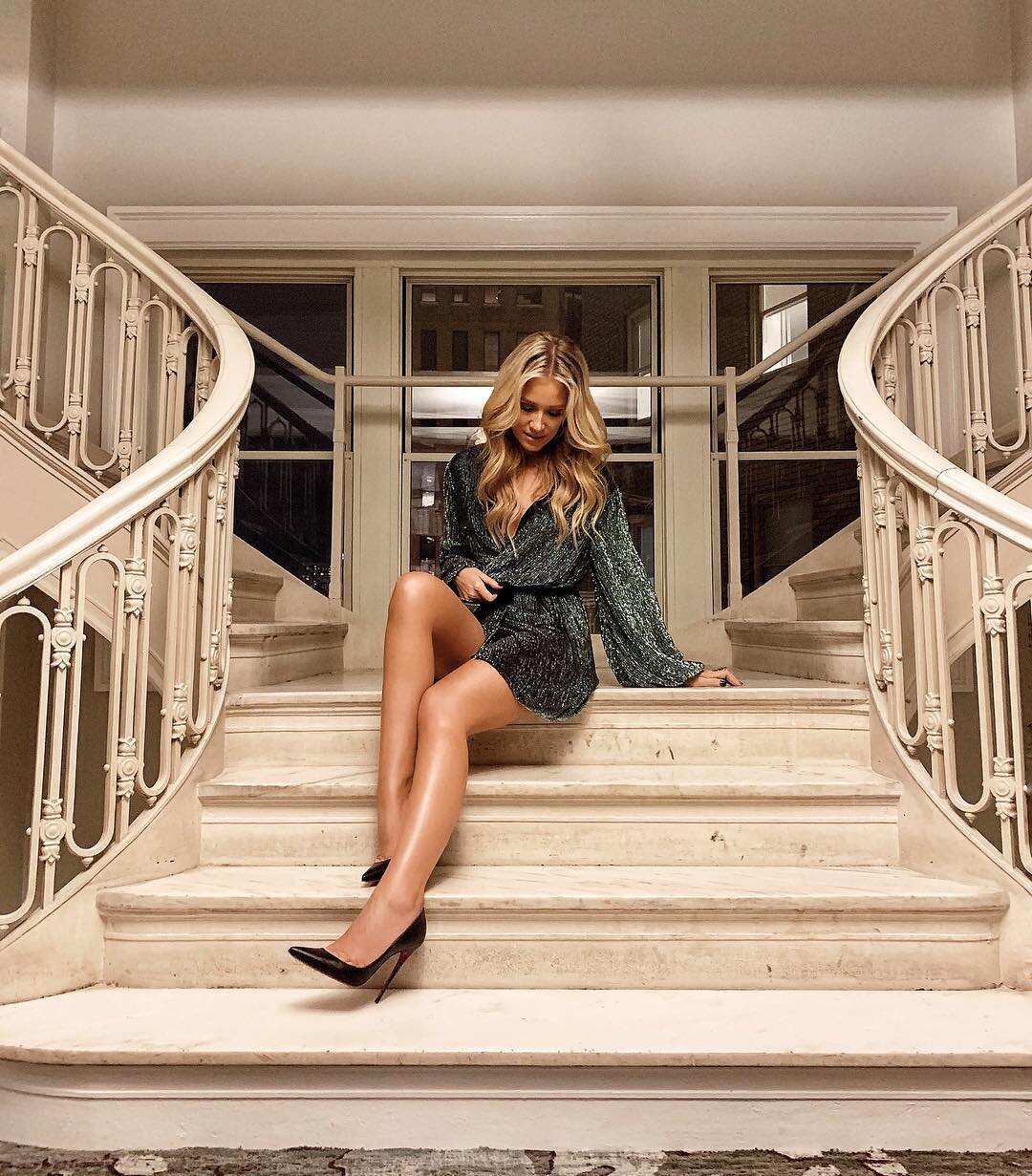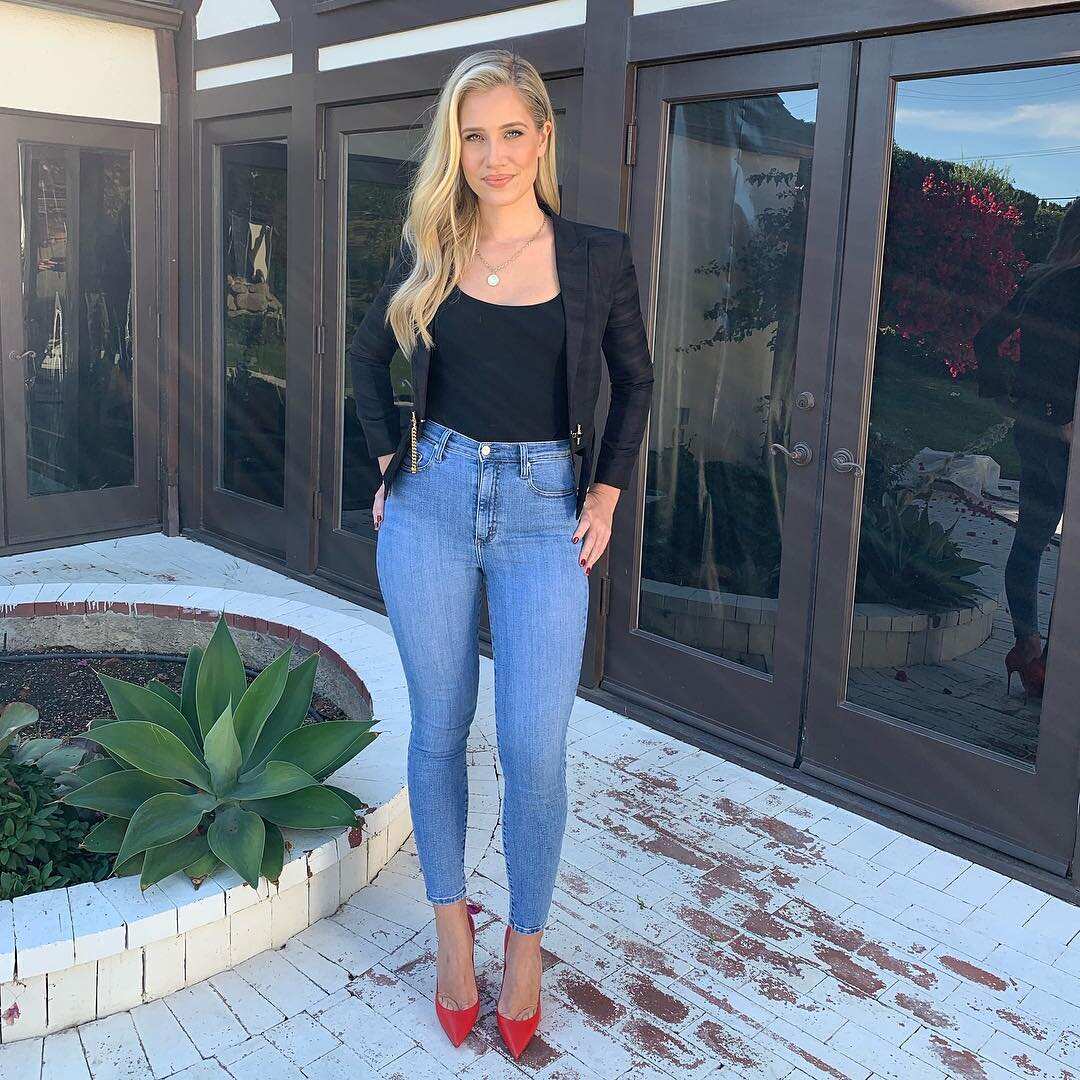Let us face it, besides entertaining yourself by watching television shows and movies, following up on different sports and teams can be exciting. As such, you may be familiar with Kristine Leahy if you are a fan of sports. However, have you ever taken a few minutes to dig into other information about this bubbly American television host? Here is what you have been missing.

Image: instagram.com, @kristineleahy
Source: UGC
To start with, it is worth pointing out that Leahy has seen her career transform from a sports reporter into a familiar face as a TV host. As you read through, you will find the details regarding her job postings as well as personal information, like her age, height, and boyfriend.
Kristine Leahy age
Right off the bat, the first piece of information that most of her fans want to know is how old she is. Kris is 32 years old. She was born on October 16, 1986.
How tall is Kristine Leahy?
Another common question among Leahy’s fans regards her height. Provided that you watched her host a show, then you would know that she is relatively tall. Specifically, she is 1.78 meters tall, which translates to 5 feet and 10 inches.
READ ALSO: Bar Paly age, height, measurements, net worth, husband
Is Kristine Leahy married?
This talented television host who has been active on TV since 2012 is not married. The information about her dating life remains unconfirmed, and most of the photos she posts on her social media pages are of her spending time on her own. When not alone in a picture, it is mostly with the guests that she hosts.
Kristine Leahy photos
For those who have only watched Kristine host or co-host shows, here are some of her best pictures.

Image: instagram.com, @kristineleahy
Source: UGC
A photo in shades is always cool.

Image: instagram.com, @kristineleahy
Source: UGC
What did they say about the jeans?
Is Kristine Leahy still on Colin Cowherd?
Kristine is no longer on Colin Cowherd. She left that show in 2018 and moved to Fox Sports 1 where now hosts a show called Fair Game, which premiered on October 22, 2018. Now that this information is taking a professional tangent, it would be great to delve into her other roles.
READ ALSO: Got7 Mark Tuan profile and facts: age, height, nationality, family, girlfriend
After graduating in 2005, Leahy has been in the sports industry at different capacities. Here is the breakdown.
- Radio job at WEEI in Boston
- Official reporter of the Boston Celtics
- Sideline reporter for Turner Sports' March Madness coverage
- Co-host of American Ninja Warrior
- Co-host on The Herd with Colin Cowherd
The above information on Kristine Leahy biography clearly shows that she has been active in sports reporting. Relationship-wise, there is little to go with, especially because she has been private from that front. In your case, what is the most intriguing detail about this TV show host?
READ ALSO: Natalie Alyn Lind bio: age, height, family, boyfriend, movies and TV shows
Source: Legit.ng
from Nigeria News today & Breaking Naija news ▷ Read on Legit.ng 24/7 https://ift.tt/2Ua2eSs
via EDUPEDIA24/7
Comments
Post a Comment